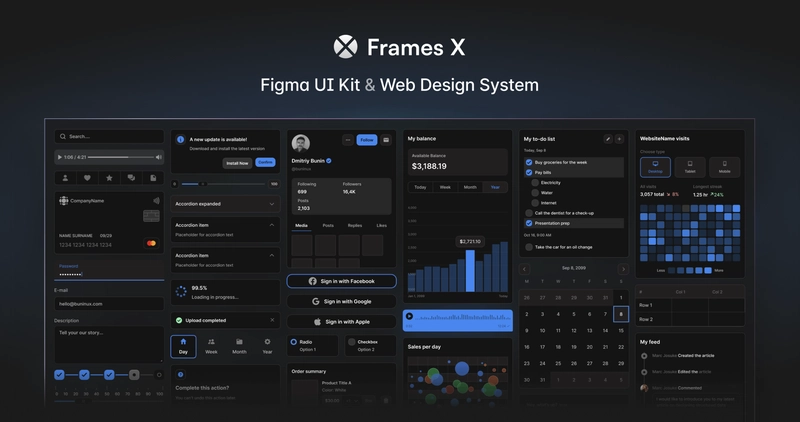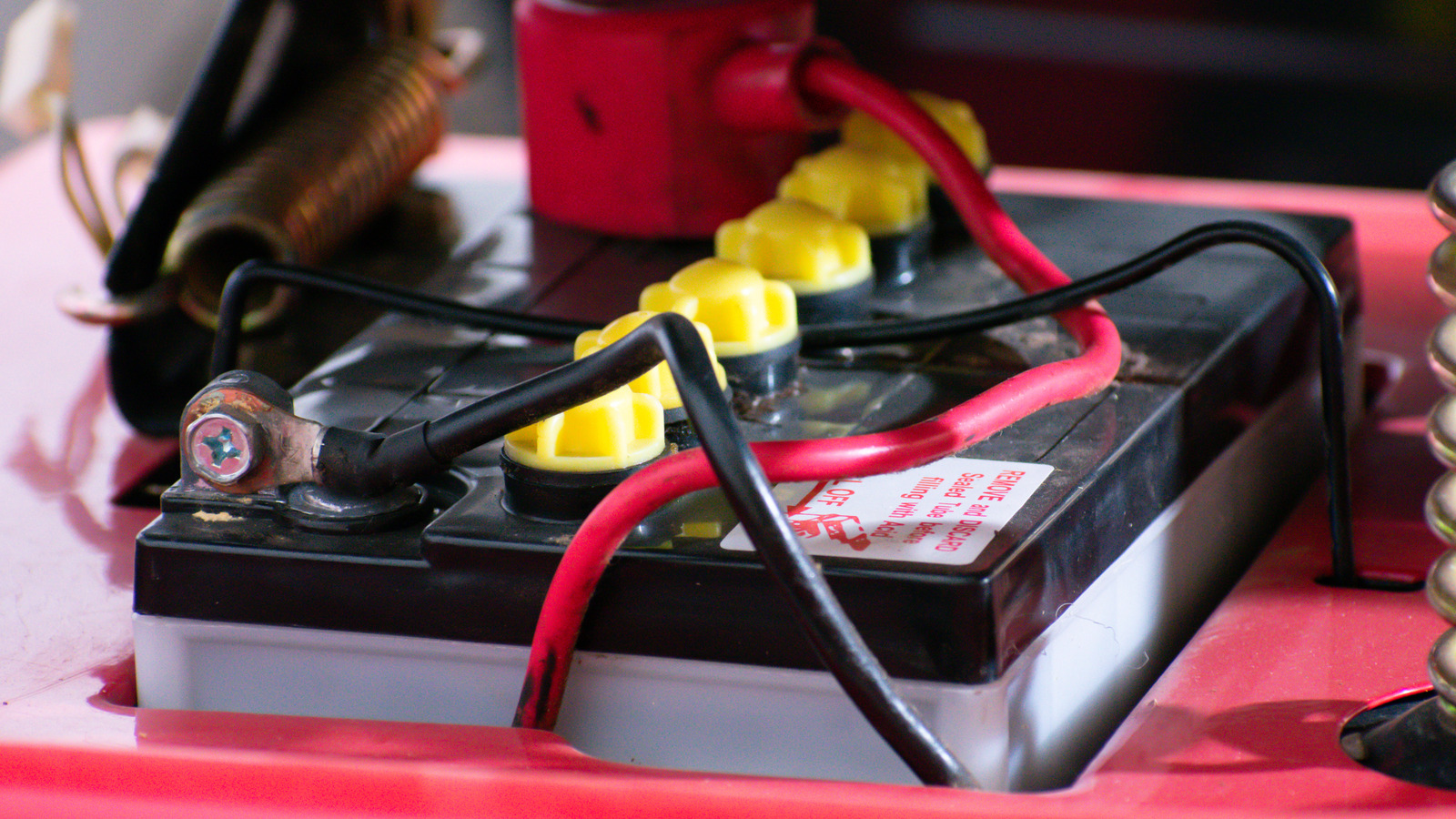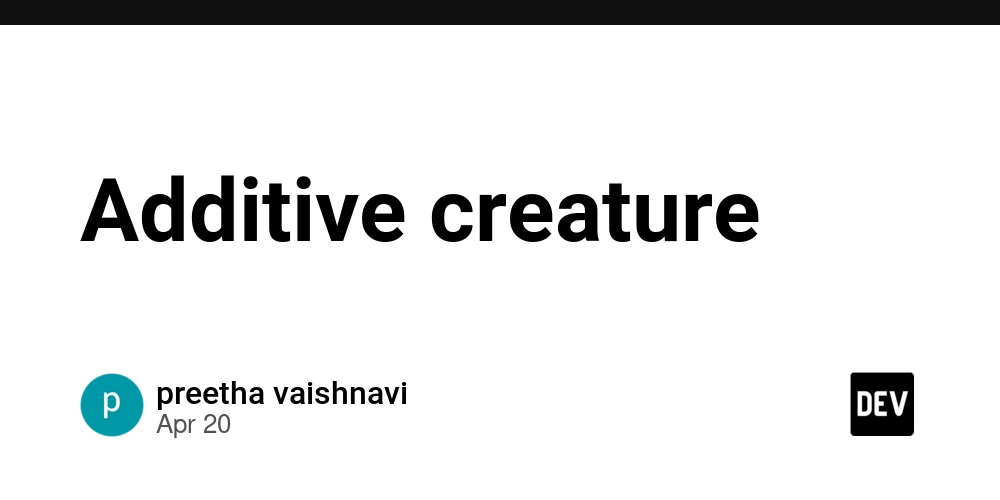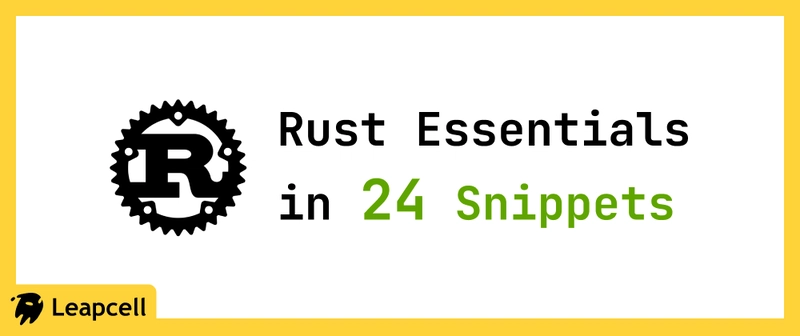Kafka Producers Explained: Partitioning, Batching, and Reliability
A Kafka producer is the entry point for all data written to Kafka. It sends records to specific topic partitions, defines batching behavior, and controls how reliably data is delivered. This post covers the behaviors and configurations that influence the producer: partitioning, batching, delivery guarantees, and message structure. What Does a Kafka Producer Do? A Kafka producer is a client library integrated into applications to write messages to Kafka topics. When a message is sent, the producer determines: Which partition the message should go to How to serialize the message for Kafka Whether to batch it with others How many acknowledgments are required before the message is considered delivered Producers are designed to balance speed, reliability, ordering, and throughput. Optimizing for one might require to compromise another. Partitioning Strategies: Routing Messages to Partitions Kafka topics are split into partitions. Every message sent by a producer is written to one partition. This decision is made by a partitioner function. With a Key If a message has a key, Kafka hashes it using the Murmur2 algorithm and assigns the message to a partition using: partition = hash(key) % number_of_partitions This ensures all messages with the same key go to the same partition. Kafka guarantees message order within a partition, so key-based partitioning is how per-key ordering is maintained. Without a Key If the key is null, Kafka uses one of two strategies: Round-robin: messages cycle through partitions in order. Used in older clients Sticky partitioning: the producer sends all messages to the same partition until the batch is sent, then picks a new one. Default in modern clients Sticky partitioning improves batching efficiency while maintaining fair distribution over time. Message Format: Structure and Serialization Kafka treats every message as a set of bytes. Each record includes: Key (optional): used for partitioning. Serialized to bytes Value: the actual data payload. Serialized to bytes Headers (optional): metadata as key-value pairs Timestamp: assigned by the client or broker Partition + Offset: assigned by the broker after the message is stored Kafka does not interpret or modify message content; it just stores and transmits byte arrays. Producers are responsible for serializing messages before sending them. Example (Python): producer = KafkaProducer(value_serializer=lambda v: json.dumps(v).encode('utf-8')) Efficient serialization improves throughput and reduces broker load. Avoid inefficient formats like uncompressed JSON unless specifically required by system constraints. Batching and Compression: Optimizing Throughput Sending one message per request is inefficient. Kafka producers batch multiple records together per partition before sending them to the broker. Key Configuration Options batch.size: maximum size in bytes for a batch. Larger batches improve compression and throughput, but increase memory usage linger.ms: how long to wait before sending a batch, even if it is not full. Increases batching opportunities at the cost of latency compression.type: compresses full batches. Options include gzip, lz4, snappy, zstd The send() method is non-blocking. It queues the record in memory and returns immediately. The background sender thread flushes batches when batch.size is reached or linger.ms expires. Batching operates on a per-partition basis. As a result, applications that produce to a large number of partitions may experience reduced batching efficiency unless message flow is concentrated across fewer partitions. Delivery Guarantees: Configuring Reliability and Ordering Kafka producers can trade reliability for speed using the acks configuration: acks=0: fire and forget. Fastest, but data may be lost acks=1: wait for leader. Reasonable balance for many use cases acks=all: wait for all in-sync replicas. Safest, with higher latency Ordering and Retries Kafka guarantees ordering within a single partition. To maintain strict ordering, ensure: All related messages share the same key max.in.flight.requests.per.connection

A Kafka producer is the entry point for all data written to Kafka. It sends records to specific topic partitions, defines batching behavior, and controls how reliably data is delivered.
This post covers the behaviors and configurations that influence the producer: partitioning, batching, delivery guarantees, and message structure.
What Does a Kafka Producer Do?
A Kafka producer is a client library integrated into applications to write messages to Kafka topics. When a message is sent, the producer determines:
- Which partition the message should go to
- How to serialize the message for Kafka
- Whether to batch it with others
- How many acknowledgments are required before the message is considered delivered
Producers are designed to balance speed, reliability, ordering, and throughput. Optimizing for one might require to compromise another.
Partitioning Strategies: Routing Messages to Partitions
Kafka topics are split into partitions. Every message sent by a producer is written to one partition. This decision is made by a partitioner function.
With a Key
If a message has a key, Kafka hashes it using the Murmur2 algorithm and assigns the message to a partition using:
partition = hash(key) % number_of_partitions
This ensures all messages with the same key go to the same partition. Kafka guarantees message order within a partition, so key-based partitioning is how per-key ordering is maintained.
Without a Key
If the key is null, Kafka uses one of two strategies:
- Round-robin: messages cycle through partitions in order. Used in older clients
- Sticky partitioning: the producer sends all messages to the same partition until the batch is sent, then picks a new one. Default in modern clients
Sticky partitioning improves batching efficiency while maintaining fair distribution over time.
Message Format: Structure and Serialization
Kafka treats every message as a set of bytes. Each record includes:
- Key (optional): used for partitioning. Serialized to bytes
- Value: the actual data payload. Serialized to bytes
- Headers (optional): metadata as key-value pairs
- Timestamp: assigned by the client or broker
- Partition + Offset: assigned by the broker after the message is stored
Kafka does not interpret or modify message content; it just stores and transmits byte arrays. Producers are responsible for serializing messages before sending them.
Example (Python):
producer = KafkaProducer(value_serializer=lambda v: json.dumps(v).encode('utf-8'))
Efficient serialization improves throughput and reduces broker load. Avoid inefficient formats like uncompressed JSON unless specifically required by system constraints.
Batching and Compression: Optimizing Throughput
Sending one message per request is inefficient. Kafka producers batch multiple records together per partition before sending them to the broker.
Key Configuration Options
-
batch.size: maximum size in bytes for a batch. Larger batches improve compression and throughput, but increase memory usage -
linger.ms: how long to wait before sending a batch, even if it is not full. Increases batching opportunities at the cost of latency -
compression.type: compresses full batches. Options includegzip,lz4,snappy,zstd
The send() method is non-blocking. It queues the record in memory and returns immediately. The background sender thread flushes batches when batch.size is reached or linger.ms expires.
Batching operates on a per-partition basis. As a result, applications that produce to a large number of partitions may experience reduced batching efficiency unless message flow is concentrated across fewer partitions.
Delivery Guarantees: Configuring Reliability and Ordering
Kafka producers can trade reliability for speed using the acks configuration:
-
acks=0: fire and forget. Fastest, but data may be lost -
acks=1: wait for leader. Reasonable balance for many use cases -
acks=all: wait for all in-sync replicas. Safest, with higher latency
Ordering and Retries
Kafka guarantees ordering within a single partition. To maintain strict ordering, ensure:
- All related messages share the same key
-
max.in.flight.requests.per.connection <= 1when retries are enabled (to prevent out-of-order writes during retries)
Idempotence and Transactions
By default, producers use at-least-once semantics, meaning retries may cause duplicate messages. Kafka provides stronger guarantees where needed.
Idempotent Producer
Enable with enable.idempotence=true. This prevents duplicates during retries by assigning each producer a unique ID and tracking sequence numbers per partition.
This guarantees exactly-once delivery per partition, assuming the producer does not crash and restart with a new ID.
Use this when:
- Downstream systems cannot deduplicate
- Every message must be uniquely written (for example, financial systems)
Avoid using high max.in.flight values with idempotence if ordering matters.
Transactional Producer
Transactional producers enable atomic writes across multiple partitions or topics.
Requires:
- A configured
transactional.id - Use of API methods:
begin_transaction(),send(),commit_transaction()
This is critical for:
- Exactly-once event processing pipelines
- Kafka Streams applications
- Coordinating multiple topic writes as a single atomic unit
Transactions ensure no duplicates, no partial writes, and consistent failure handling.
Conclusion
A well-tuned Kafka producer is critical to balancing throughput, reliability, and resource efficiency. It's important to understand your delivery requirements and system constraints before leaning into aggressive batching or strong guarantees as you trade higher throughput for it.


































































































































































![[The AI Show Episode 143]: ChatGPT Revenue Surge, New AGI Timelines, Amazon’s AI Agent, Claude for Education, Model Context Protocol & LLMs Pass the Turing Test](https://www.marketingaiinstitute.com/hubfs/ep%20143%20cover.png)










































































































































































































































































_Muhammad_R._Fakhrurrozi_Alamy.jpg?width=1280&auto=webp&quality=80&disable=upscale#)
_NicoElNino_Alamy.jpg?width=1280&auto=webp&quality=80&disable=upscale#)















































































































![Apple Releases iOS 18.5 Beta 4 and iPadOS 18.5 Beta 4 [Download]](https://www.iclarified.com/images/news/97145/97145/97145-640.jpg)
![Apple Seeds watchOS 11.5 Beta 4 to Developers [Download]](https://www.iclarified.com/images/news/97147/97147/97147-640.jpg)
![Apple Seeds visionOS 2.5 Beta 4 to Developers [Download]](https://www.iclarified.com/images/news/97150/97150/97150-640.jpg)
![Apple Seeds tvOS 18.5 Beta 4 to Developers [Download]](https://www.iclarified.com/images/news/97153/97153/97153-640.jpg)

































































































